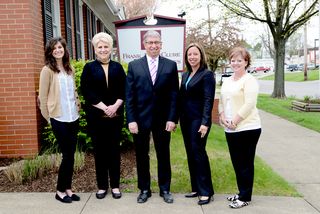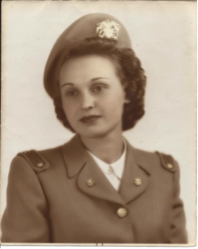“How do I prepare to have “that” conversation with her?” We hear this all the time on the LWP Coaching, Consulting & Implementation (CCI) calls with our member and team alike. We get several emails each week with a subject lines such as “Confidential” or “Do you have a minute to hop on a call” or “I need help”.
 Confronting performance problems, giving honest (tough) feedback, being honest about smoldering conflicts, delivering “bad” news: these are the looming conversations that keep you up at night, or that you wake to in the morning. They occupy your mind while you’re trying to get the “important” work done. Your monkey mind runs rapid all day with, “How am I going to bring it up?”, how you’ll deal with the other person’s reactions, how they will take it, what they will feel, the impact on the business, the clients, and so on and so on. For bosses, team, co-workers equally.
Confronting performance problems, giving honest (tough) feedback, being honest about smoldering conflicts, delivering “bad” news: these are the looming conversations that keep you up at night, or that you wake to in the morning. They occupy your mind while you’re trying to get the “important” work done. Your monkey mind runs rapid all day with, “How am I going to bring it up?”, how you’ll deal with the other person’s reactions, how they will take it, what they will feel, the impact on the business, the clients, and so on and so on. For bosses, team, co-workers equally.
And when you finally do bring it up, it usually occurs at the wrong place, wrong time and without intentional preparation.
It doesn’t have to be this way any longer. But how do we get unstuck with best practice skills for high-stakes interactions?
One of the building blocks (along with People Styles/People Skills™, MIFy™, Go D.U.M.B.™ and Power-In-Partnership™) for the LWP communication technique was New York Times business bestseller “Crucial Conversations: Tools for Talking when Stakes are High”. At the kick off the Tri-Annual Practice Enhancement Retreat General Session on Wednesday afternoon June 3rd we will lead you through a 90 Minute workshop on how to take the learning of Power in Partnership™, Crucial Conversations and Crucial Accountability and provide you with the necessary tools to prepare for high-stakes conversations to transform frustration, stonewalling, suffering in silence into powerful dialogue, and make it safe to not only talk about anything as a team but create real time breakthroughs.
The techniques you will walk away with will leave you entering your practice on Monday morning ready to improve the organizational health of all relationships in your business; team, referrals and clients alike.
To register for this weeklong event focused on estate and elder law, click here. You can check out the full agenda, and below is just a little peek of what you'll discover at this practice transforming event:
- Train The Trainer Speaker School
- Specialty Program "Protect Your Stuff"
- Practice With Purpose Program
- Tri-Annual Practice Enhancement Retreat
- Focus session options for (1) technical legal (2) marketing (3) team development
Click here now and register today to make sure you reserve your spot! If you practice in today's estate planning environment, you don't want to miss this week long event guaranteed to impact your practice. Register and let us know your attendee list by April 15th for a chance at our Early Bird Prizes. You'll have a chance to win one of three $150 Visa gift cards!
Molly L. Hall, Co-Founder, Lawyers with Purpose, LLC, and author of Don’t Be a Yes Chick: How to Stop Babysitting Your Boss, Transform Your Job and Work with a Dream Team Without Losing Your Sanity or Your Spirit in the Process










